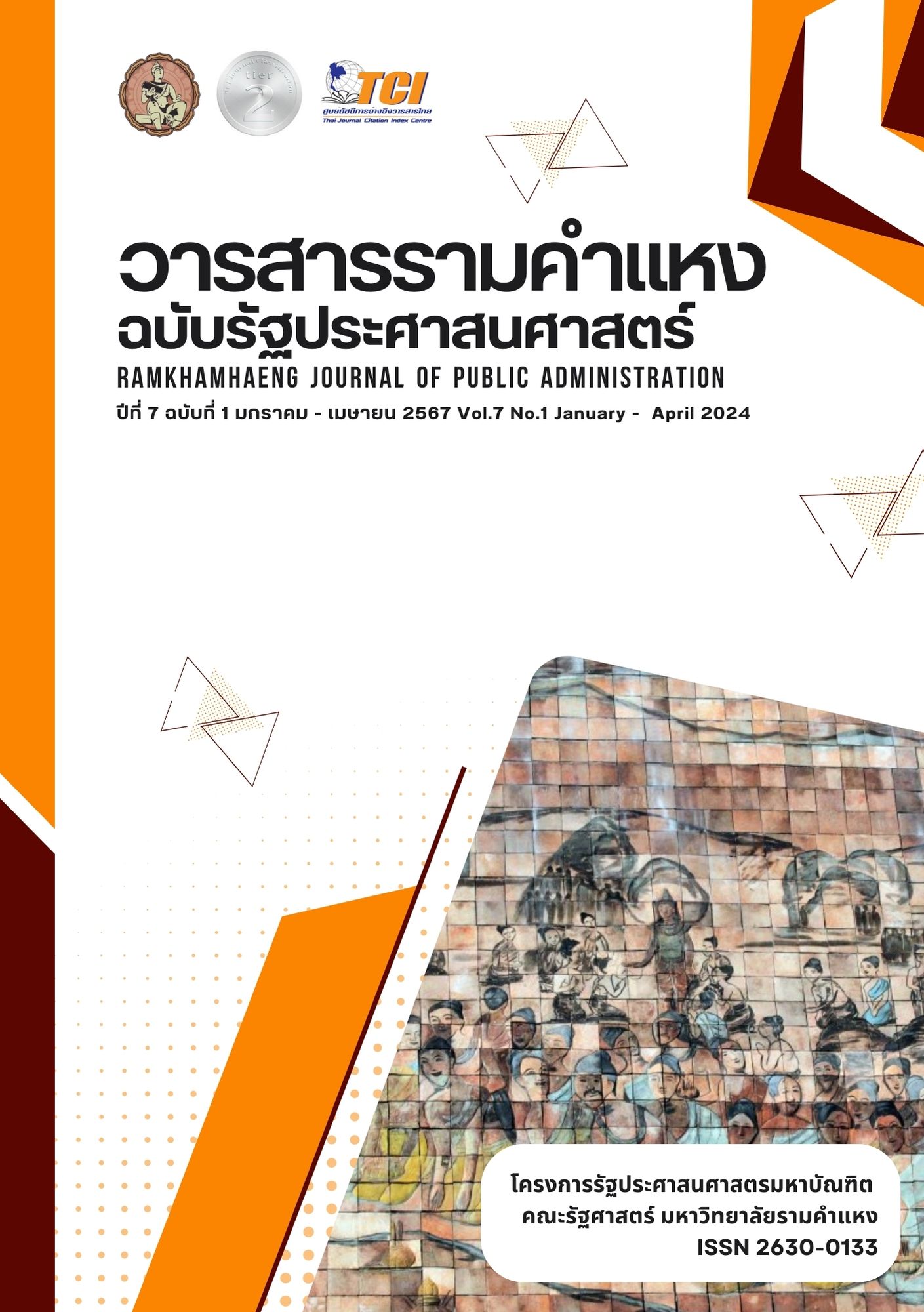A study of everyday life of the diasporic Karen in Bangkok
Abstract
A study of everyday life story of the diasporic Karen in Bangkok which concerns the concept of everyday life of Henri Lefebvre's, as well as the concept of diaspora and transculturalism with a purpose to study the everyday life of the Karen displaced people in Bangkok. This is some data from interviews which are a part of dissertation of Doctor of Fine and applied Arts Program titled “ART FILM “MALI”: EVERYDAY LIFE STORY OF THE DIASPORIC KAREN IN BANGKOK” by collecting data from documents and in-depth interview of two Karen maids in Bangkok. The study brings the concept of Henri Lefebvre's Everyday Life and Rhythmanalysis: Temporal Rhythms, Spatial Rhythms, Social Rhythms and concept of migration, diaspora, and cross-border cultures to analyze for developing to the art film.
The study found that the everyday life of the diasporic Karen is not monotonous, but can gradually change according to the social environment around them, such as a work-schedule, the child-upbringing, and whatever jobs the employer orders. Diasporic people are in the concept of ‘home’ which not just a place but also includes dwelling. Therefore, the home of diasporic people is not the only one, but there are many. But the most important home is 'Imaginary home' that they intend to build from their own story. It fills a sense of losing the home where they originally from (root) and find the path of their life (route) for resettlement.
References
เกษม เพ็ญภินนท์. (2552). ความโกลาหลของวัฒนธรรมศึกษา. ใน สุวรรณา เกรียงไกรเพ็ชร์ (บรรณาธิการ), ความโกลาหลของวัฒนธรรมศึกษา ยกเครื่องเรื่องวัฒนธรรมศึกษา. กรุงเทพฯ: ศูนย์มานุษยวิทยาสิรินธร (องค์การมหาชน).
ดา (นามสมมุติ). (2565). สัมภาษณ์. 24 ตุลาคม.
นภาภรณ์ หะวานนท์. (2544). แม่ของบ้าน, อนุสรณ์ในงานพระราชทานเพลิงศพ นางผาสุก ทองเสวต เป็นกรณีพิเศษ. ม.ป.พ.
บุษบงก์ วิเศษพลชัย. (2558). อัปสรากลางไฟ: อัตวิสัย พื้นที่และประสบการณ์ผัสสะ ในชีวิตประจำวันของผู้หญิงบาร์ชาวกัมพูชา. วิทยานิพนธ์ปริญญาดุษฎีบัณฑิต, มหาวิทยาลัยธรรมศาสตร์.
ปริตตา เฉลิมเผ่า กออนันตกูล. (2550) สมุดแม่: ประคองศรี เฉลิมเผ่า 2460- 2549. กรุงเทพฯ: โอ.เอส พริ้นติ้ง เฮ้าส์.
มะลิ (นามสมมุติ). (2565). สัมภาษณ์. 31 กรกฎาคม.
Ganbold, N. (2021). The power of silence in film and why it makes a huge impact. Retrieved November 30, 2023, from https ://www.freque.io/post/the-power-of-silence-in-film.
Lefebvre, H. (1991). Critique of everyday life. (J. Moore, Trans.; Vol. 1). New York: Verso.
Lefebvre, H. (2004). Rhythmanalysis: Space, Time and Everyday Life. (S. Elden, G. Moore, Trans.). New York: Continuum.
Goonewardena, K., Kipfer, S., Milgrom, R. and Schmid, C. (2008). Space, Difference, Everyday Life: Reading Henri Lefebvre. New York: Routledge.
Stein, G. (1993). Everybody’s autobiography. Cambridge, MS: Exact Change.
Downloads
Published
How to Cite
License
Copyright (c) 2024 บัณฑิต สัตย์เพริศพราย, กมล เผ่าสวัสดิ์, เกษม เพ็ญภินันท์

This work is licensed under a Creative Commons Attribution-NonCommercial-NoDerivatives 4.0 International License.


